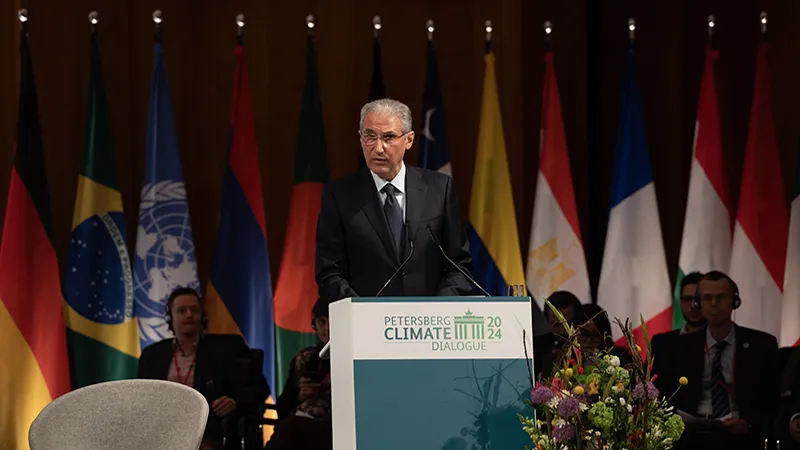There is alpha to be found in investing in the companies which act as the “picks and shovels” to sustainability.
This is according to Sujaya Desai, a portfolio manager at Stewart Investors, who said that companies behind the scenes of sustainability themes often exhibit quality growth characteristics.
“One of the phrases we use to describe the way in which we invest is to find the picks and shovels to sustainability,” she told a recent media roundtable in Hong Kong.
“So rather than be at the very front end of a broad sustainability theme, sometimes the best way in which to benefit from that theme is to buy a company that has those elements of growth regardless of the faddishness of the front end of it.”
She pointed to Brazilian headquartered electric motor manufacturer WEG as an example.
“WEG sells their motors to a lot of the EV producers, so you don’t have to choose which one will win,” she said. “They will be a pick and shovel into all of them.”
Indeed, investors hoping to capitalise on the growth of electric vehicles (EV) by investing in companies at the forefront, such as EV manufactures Tesla and BYD, have endured a multi-year drawdown.
These companies have suffered from slowing EV sales growth since 2022, creating some near-term pressures and igniting a price-cutting competition amongst competitors.
One way to avoid overpaying for companies at the forefront of sustainability themes is to find those that are “slightly behind the scenes” of broader sustainability tailwinds, Desai said.
Buying the dip
Another way investors can add alpha when investing in sustainability themes is to use near-term weakness to add to positions.
Despite the clear secular growth drivers behind many sustainability themes in the market today, they are not immune to the wider cyclicality of the economy.
“These companies will go through periods when times are good and times that might not be as good,” Desai said. “Sometimes those moments when times are not as good is the best opportunity for a long-term investor to buy shares or increase position sizes.”
“This is something we’ve done time and again and continue to do. That ability to be patient and slow and steady in our investment process and philosophy enables these companies to compound over very long periods of time.”
Some other companies Desai pointed to were Indian-headquartered HDFC Bank and vehicle manufacturer Mahindra & Mahindra, both of which are positions in the Stewart Investors Global Emerging Markets Sustainability portfolio.
Looking for underappreciated quality
“When we look at the companies we own, not all of them will be looked at as sustainability darlings – but to us that is the opportunity,” she said.
“We like companies such as HDFC Bank and Mahindra & Mahindra at reasonable valuations; these companies have the ability to continue to grow into the future for decades to come.”
“You’ve got the combination of very long-term growth rates with great quality people at the top who can continue building those franchises at valuations that to us still appear very reasonable.”
She pointed to HDFC Bank as a good example where the business quality and sustainability isn’t quite as appreciated by the wider market.
“When you go back through its history, this is a bank that has proved its quality time and time again. Through multiple pricing cycles the bank has come out stronger each time.”
“The bank has maintained NPLs [non-performing loans] at a very low level through its history, proving their resilience, their asset quality and their ability to lend in a credible way in both good times and bad.”
“It is a bank that has shown the ability to compound value at about 20% over time but is still trading at about two and a half times price-to-book. It has the ability to continue to compound value into the future.”
When it comes to the bank’s sustainability credentials, Desai believes it is playing a vital role in addressing India’s widening rural-urban wealth divide, especially with its mortgage business.
This story first appeared in our sister publication, PA future.





